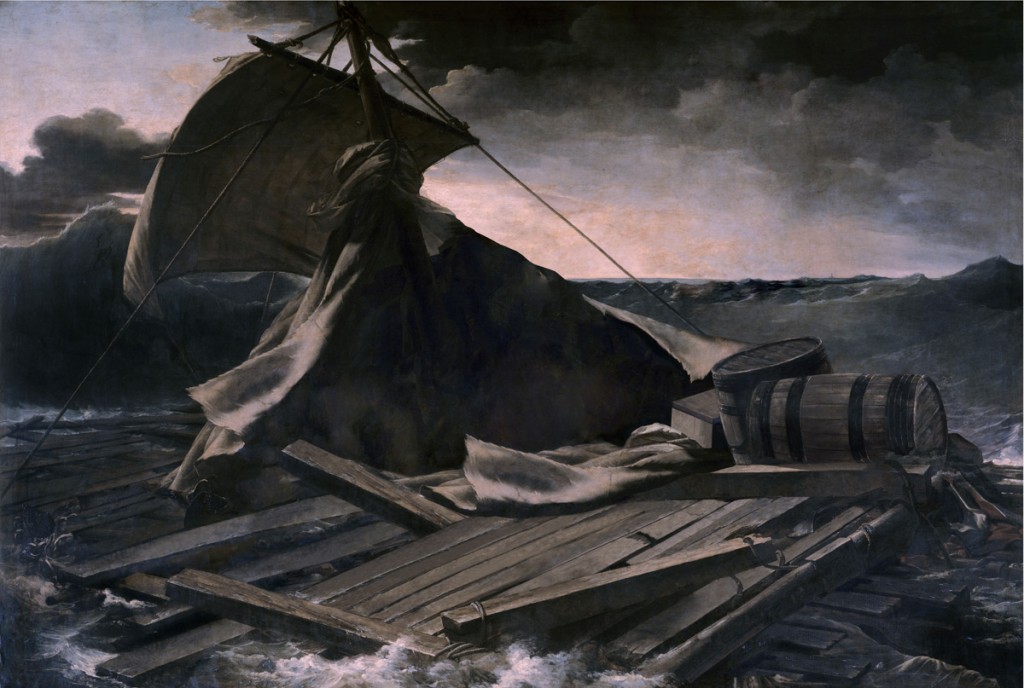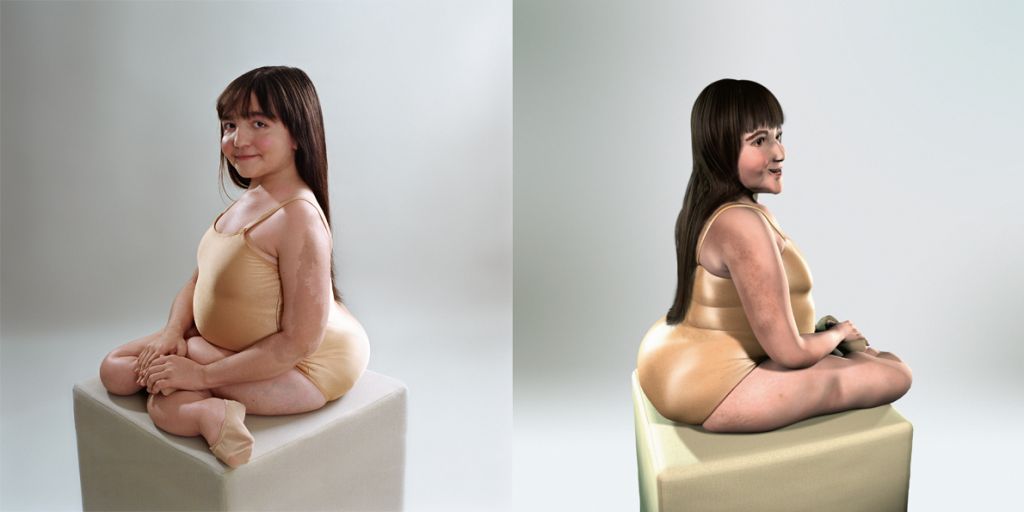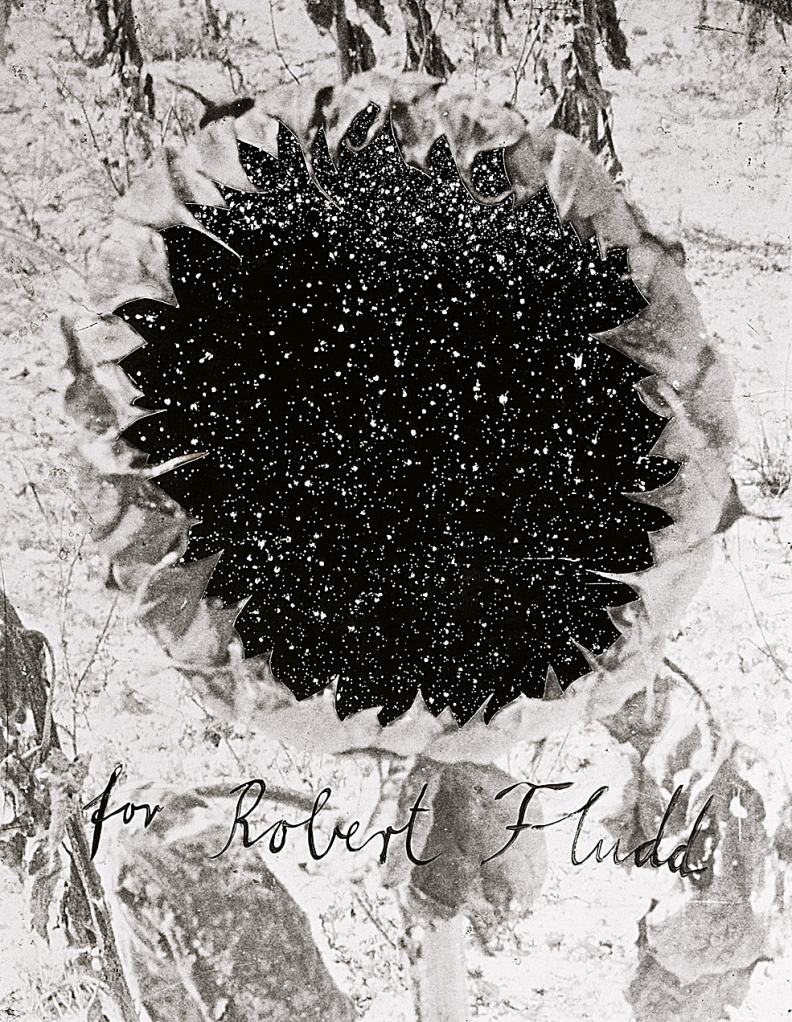The Third of May
2008Photographic print on canvas269,2 x 351 cm
José Manuel Ballester received a fine arts degree from the Universidad Complutense de Madrid in 1984. His early paintings focused on the techniques of the Italian and Flemish Schools of the fifteenth and sixteenth centuries. In 1990 he began to combine painting and photography, and much of his work since that time has featured architectural spaces, both interior and exterior. In 2010 he received the Premio Nacional de Fotografía in acknowledgment of "his unique interpretation of architectural space and light, and his outstanding contribution to the renewal of photographic techniques."
For Ballester, the rapid technological development of photography has enabled both viewer and artist to take a closer look at the world of art. Through photography, Ballester strives to encapsulate time, to make it stand still, giving respite from the passage of life by immersing the viewer in architectural nonplaces. Ballester is interested in empty spaces, in portraying people through their traces and reflections. His work investigates the loneliness of the individual and the contradictions of the modern world through architecture, transforming spaces into artificial scenes. Light plays a prominent role, with the hidden and the visible, and the public and the private, serving as aspects that reveal the human condition. The large-format images leave a path wide open to interpretation; to Ballester, the work invites the spectator to participate in the metamorphosis of reality.
Ballester’s search for the poetics of empty space has led to the series Espacios ocultos (Hidden spaces), comprising reinterpretations of masterpieces from art history, which he reworks by digitally altering photographic images of these earlier paintings to produce disquieting absences. Works such as Francisco de Goya’s The Third of May 1808: The Execution of the Defenders of Madrid (1814) have allowed Ballester to revisit paintings of previous centuries, to approach them without having to renounce his own period in history. Goya intensely examined the theme of war and its consequences, with regard to both the collective arena and the individual. In Ballester’s photographic reinterpretation of The Third of May, the people have disappeared from the scene; however, we can still recognize the setting Goya used to represent this dreadful historical event. There is only one trace of the tragedy—the spilled blood mixed into the soil on a piece of ground dramatically illuminated by the slanted light of a lamp. At the outskirts of the city, in the dark of night, the soldiers have already left and the bodies have been removed from the site.
Original title
The Third of May
Date
2008
Medium/Materials
Photographic print on canvas
More info
Edition 1/2 + 1 A.P.
Dimensions
269,2 x 351 cm
Credit line
Guggenheim Bilbao Museoa






